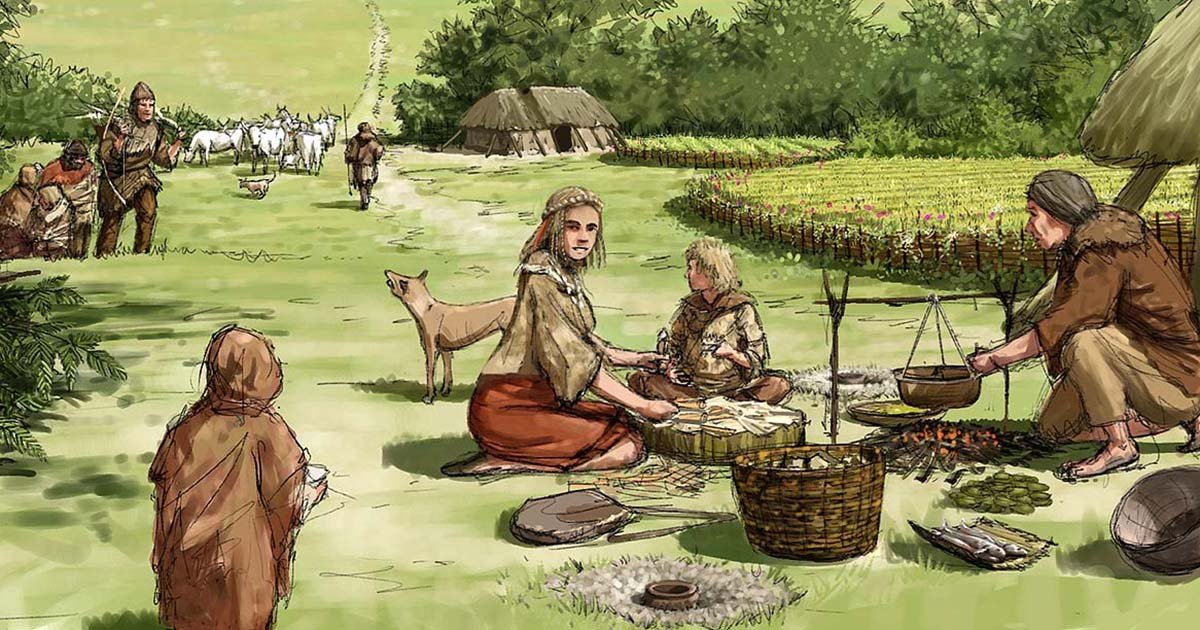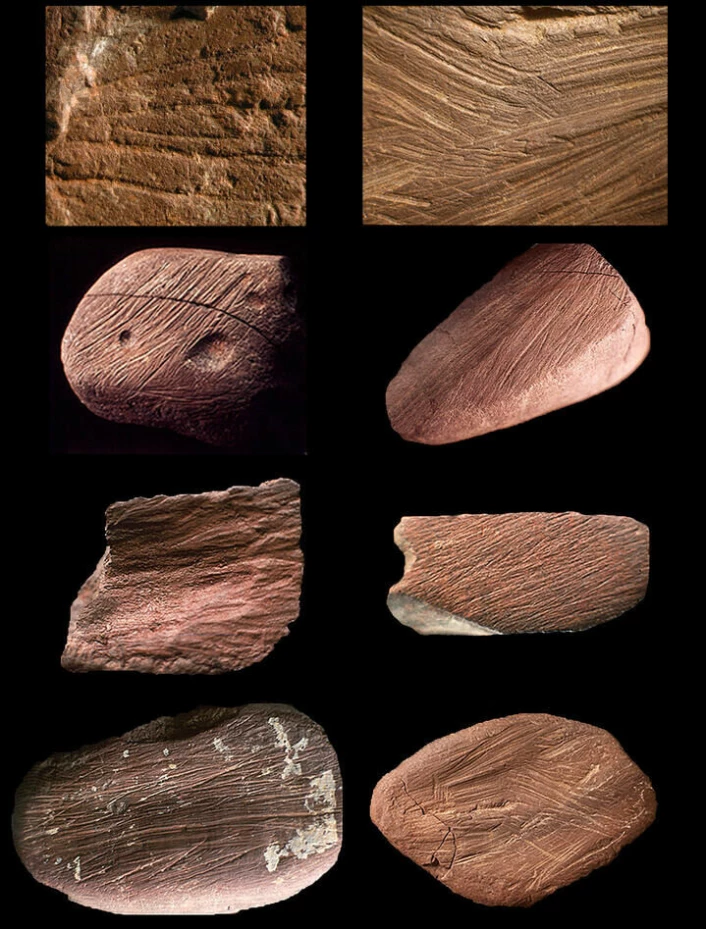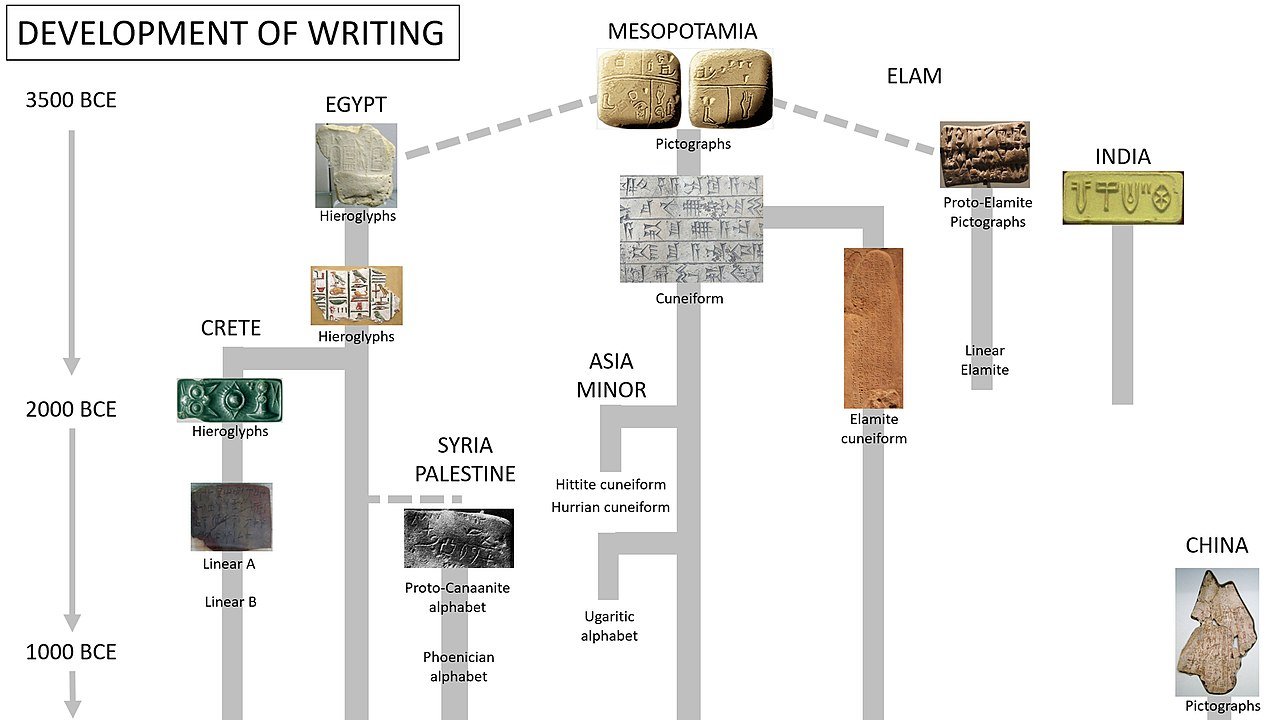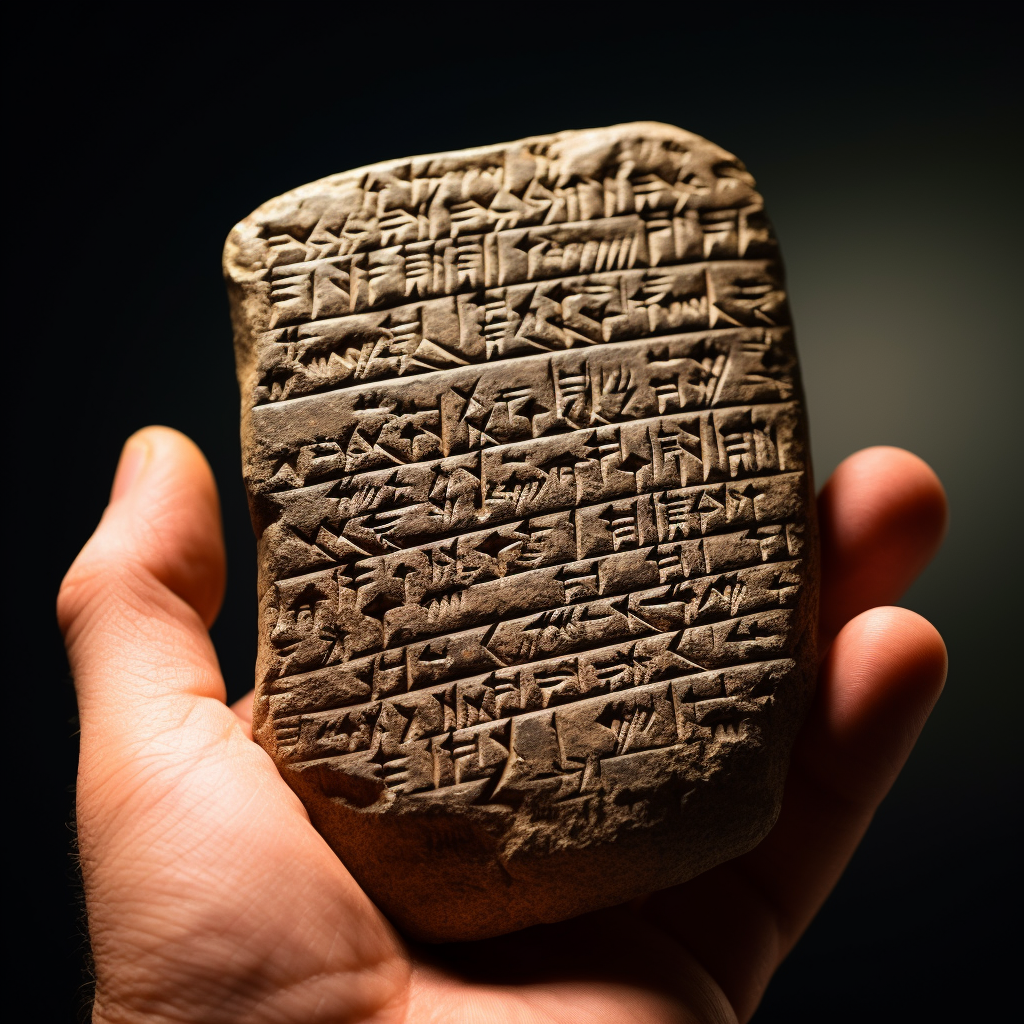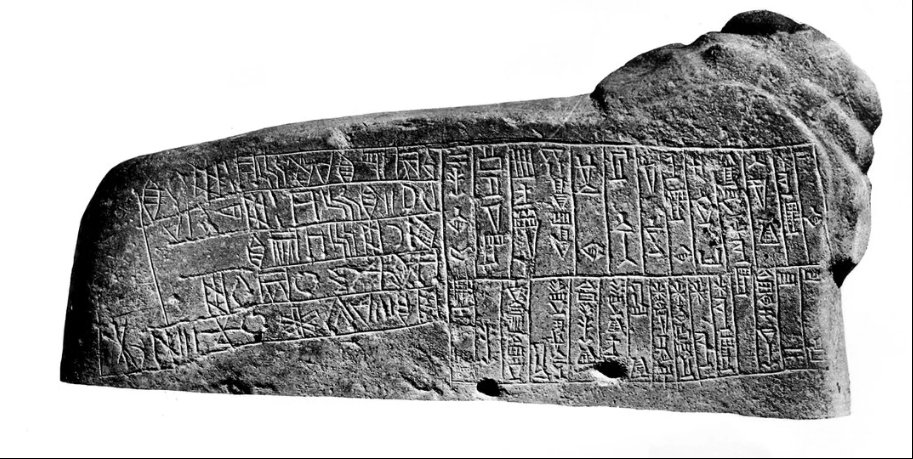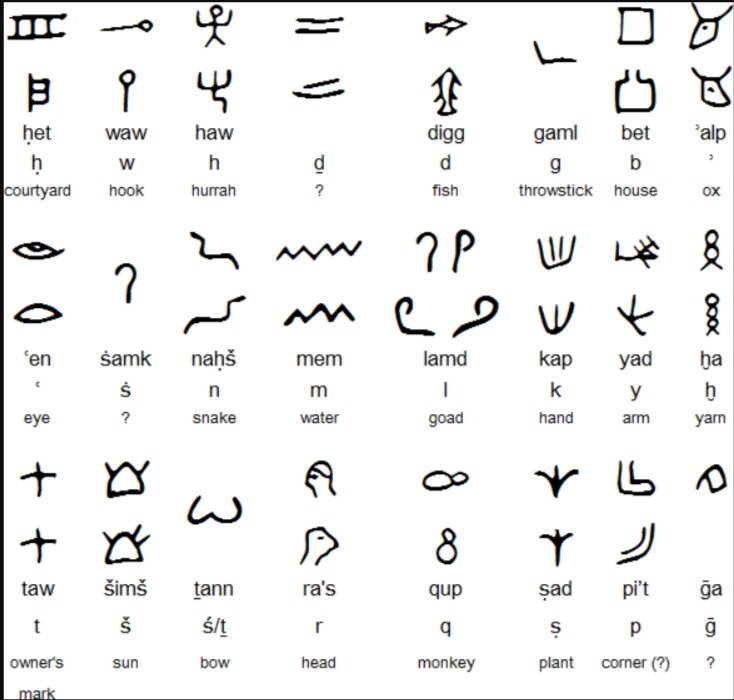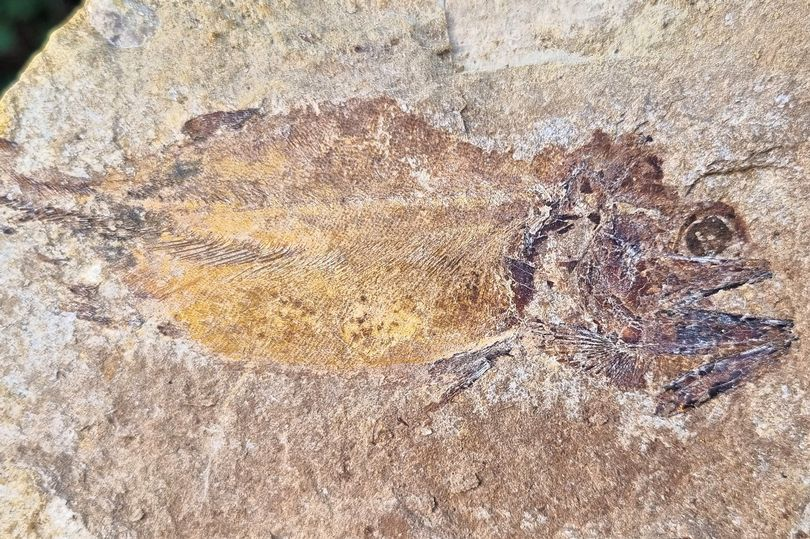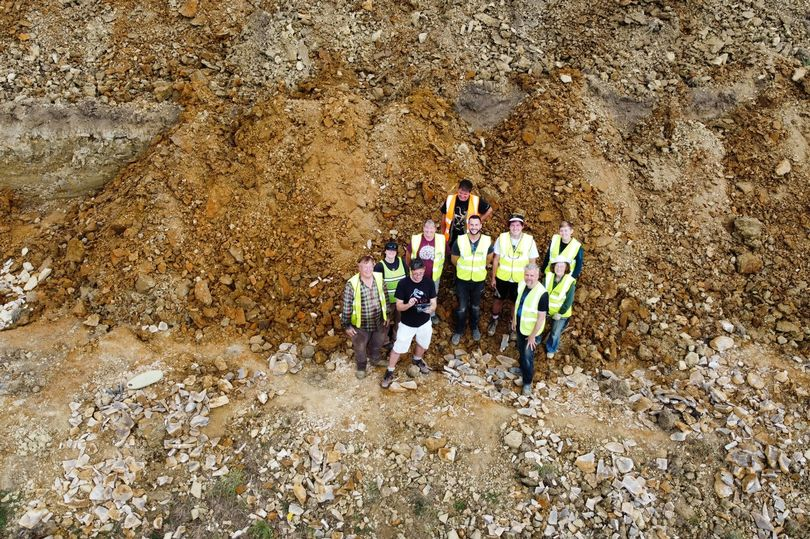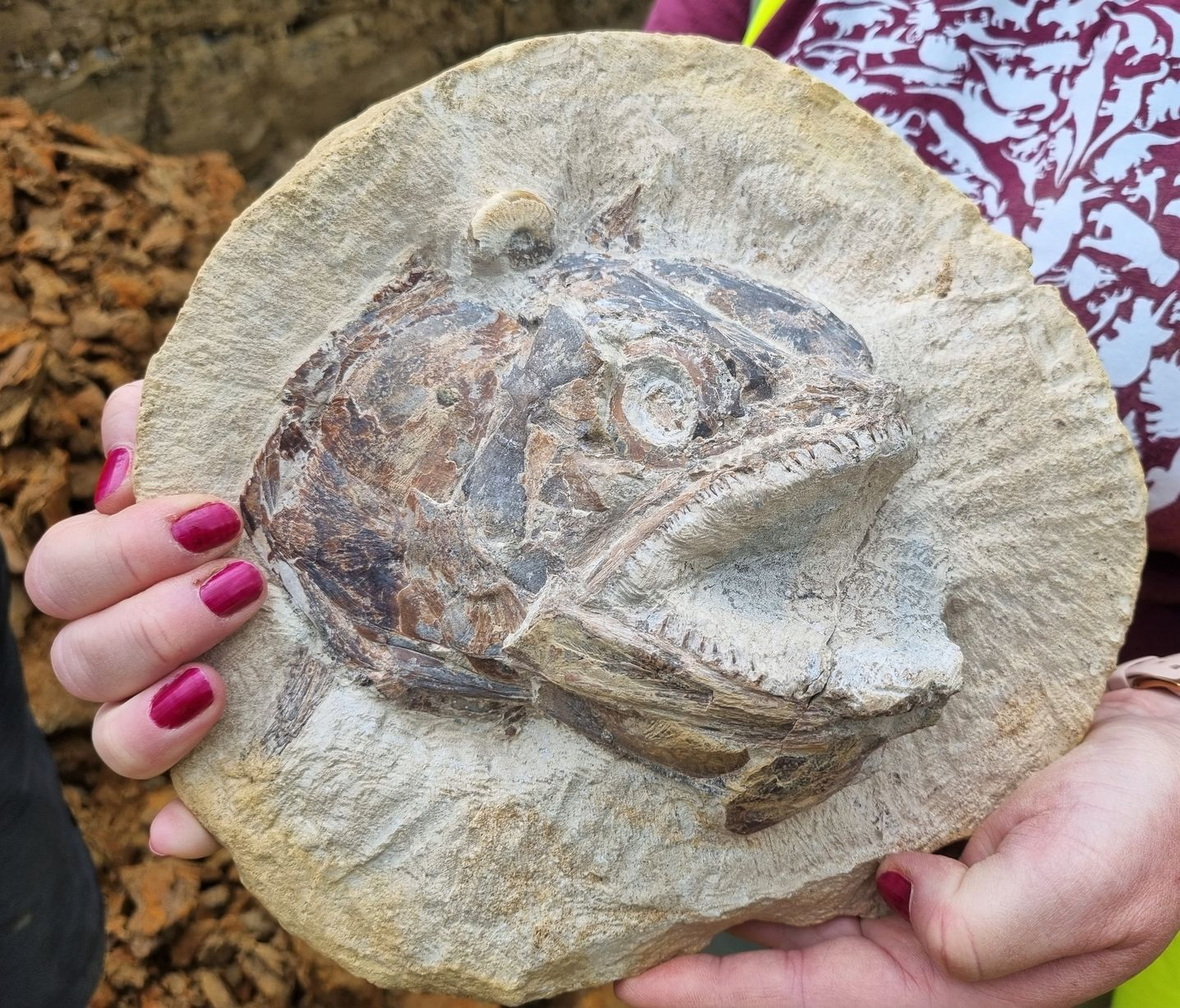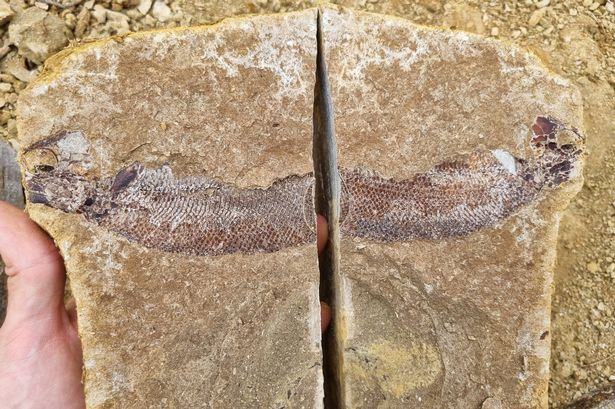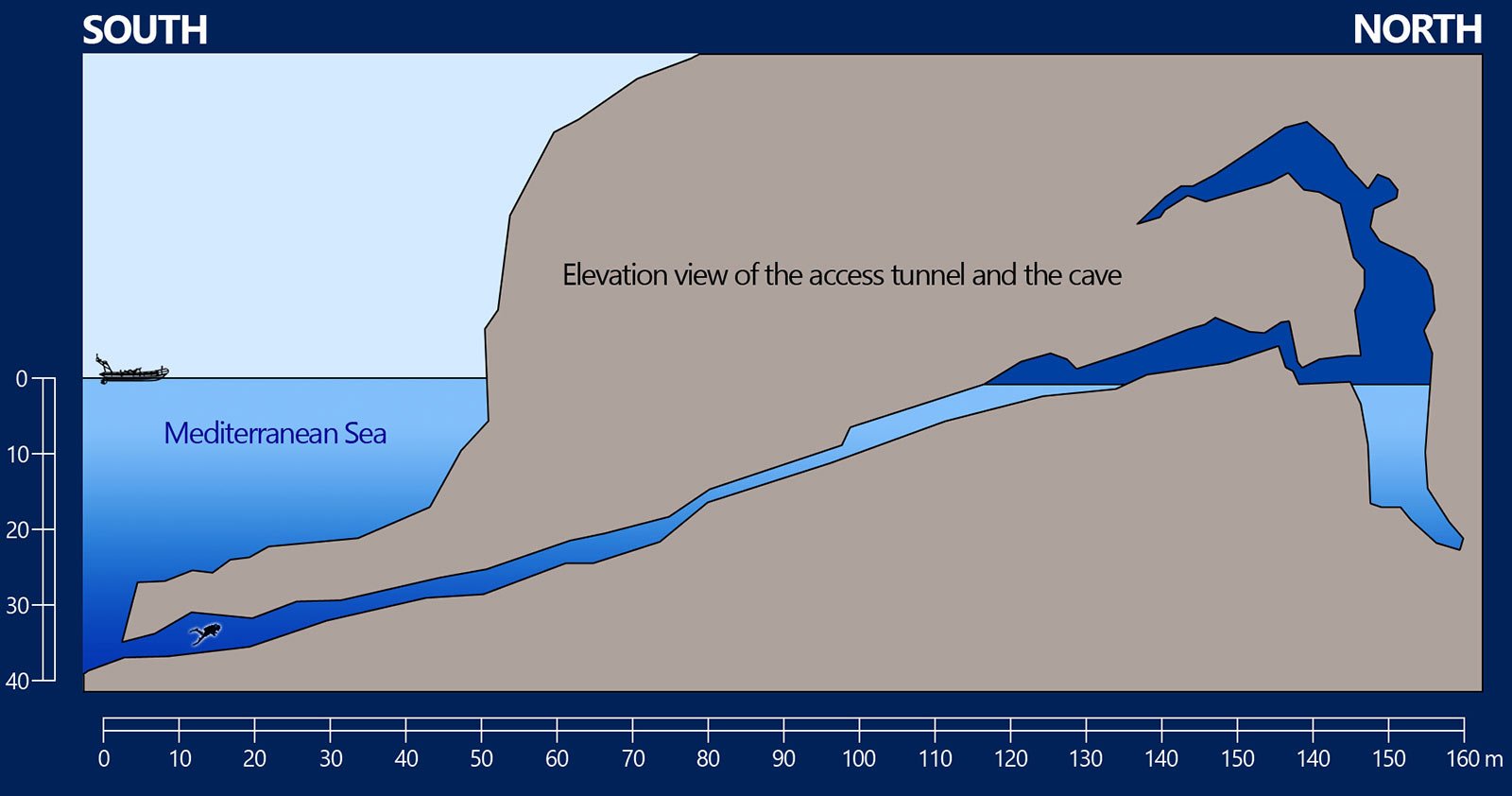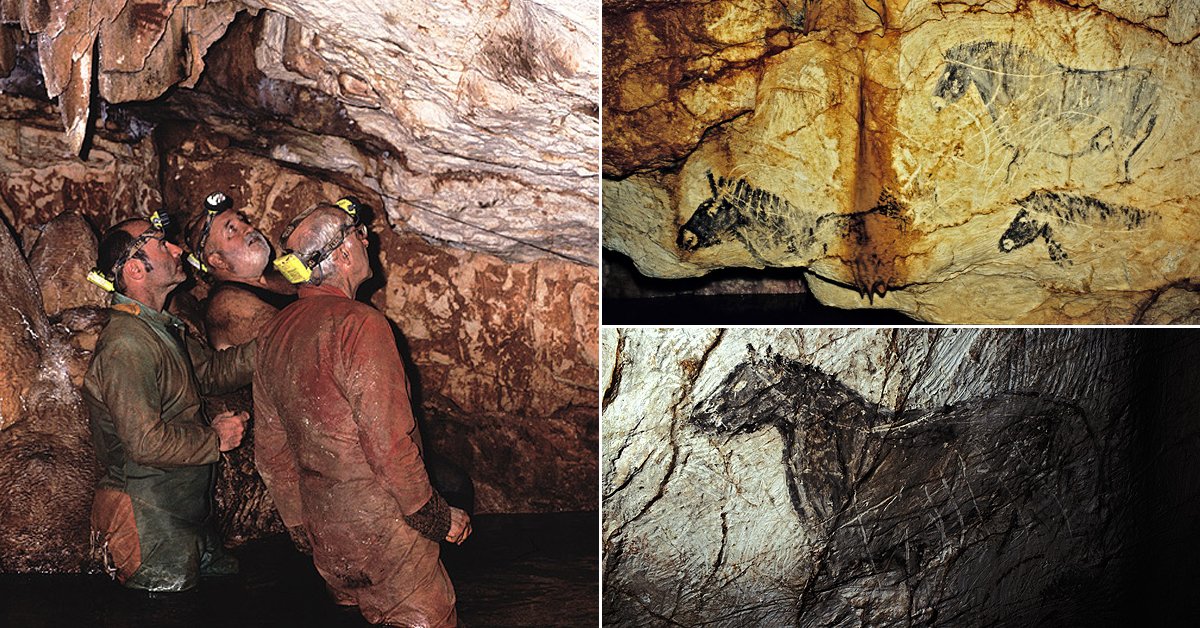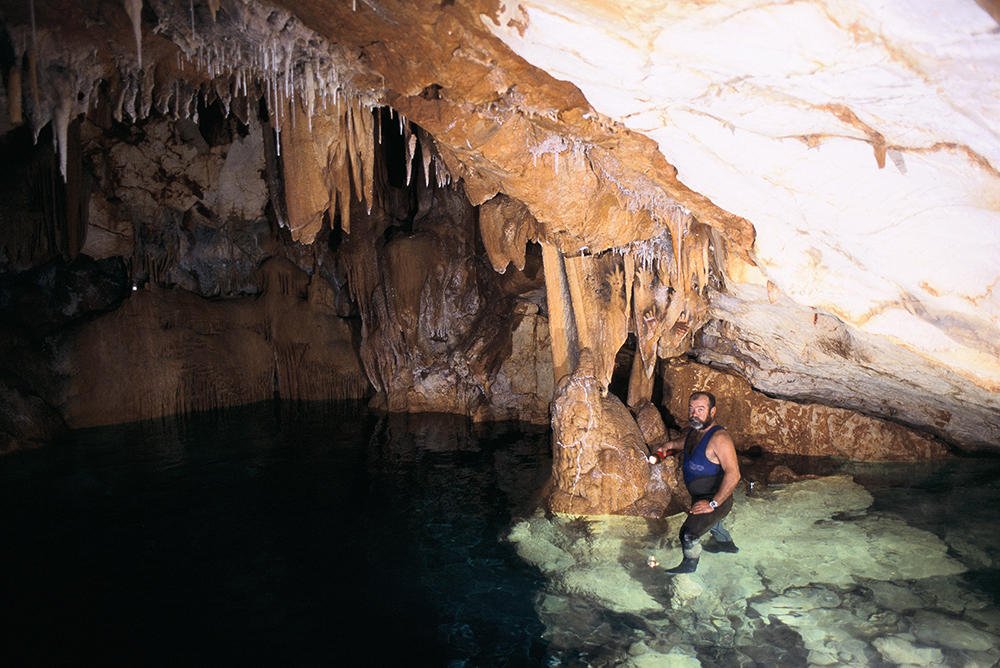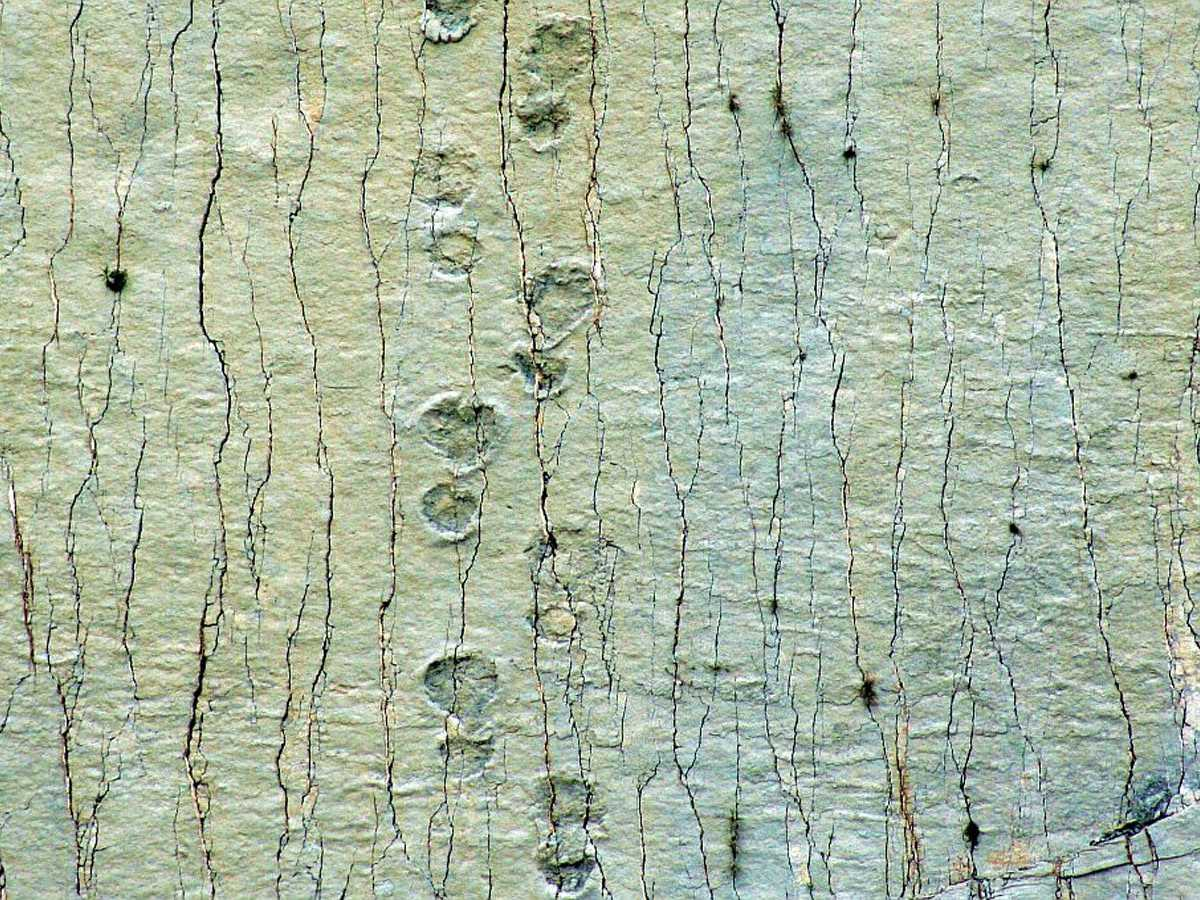The climate was warmer during the Late Cretaceous period, about 100 to 66 million years ago. All of the continents saw the emergence of several new species, including the enormous Quetzalcoatlus that inhabited North America.
The Quetzalcoatlus compared to a man, car, and pterodactyl. Source Pinterest
One of the biggest known flying animals ever, Quetzalcoatlus has a wingspan that can measure up to 15.9 m (52 ft). This enormous creature was given the name Quetzalcoatl in honor of the feathered serpent god of Mesoamerica, who was well-known there under various titles.
He was referred to as Kukulkan by the ancient Maya and Quetzalcoatl by the Aztecs.
In the Maastrichtian Javelina Formation at Big Bend National Park in Texas, the United States, the first Quetzalcoatlus fossils were found in 1971 by Douglas A. Lawson. Later, Lawson found the partial skeletons of even smaller people at a different location.
It was how we discovered the existence of this enormous flying creature.
Despite not being a dinosaur, Quetzalcoatlus coexisted with them. The most well-known azhdarchid, or flying reptile, family member was Quetzalcoatlus.
"From earlier reptilian life forms, the pterosaurs and dinosaurs appear to have developed along different paths. It also becomes obvious that pterosaurs did not turn into birds.
The anatomy is similar to that of a wing in this sense. The fourth finger of each forelimb was noticeably longer in pterosaurs. It held up the leading edge of a membrane that reached all the way from the body's flank to the tip of the finger. The remaining fingers were little, reptilian, and ended in a pointed claw.
The main strut of a bird's wing is its second finger, and most of the wing is made up of feathers, according to Wann Langston.
Despite the fact that Quetzalcoatlus is frequently portrayed as having feathers, scientists believe it actually had pycnofibres instead of animal hair. Quetzalcoatlus was more than five meters (16.4 ft) tall, weighed 250 kilograms, and was as tall as a giraffe when it was standing on the ground.
As Quetzalcoatlus flew through the air, it was able to observe numerous other enormous species moving about our world. Then, everything came to an end since around three-quarters of Earth's plant and animal species became extinct 65 million years ago.
Because it happened at the transition between the Cretaceous (K) and Tertiary (T) periods, this event is known as the K-T mass extinction. The Quetzalcoatlus did not survive, and the dinosaurs were the most famous creatures to perish.









